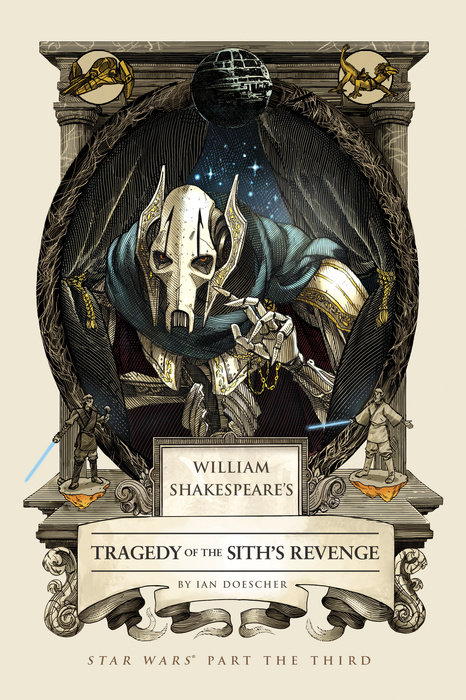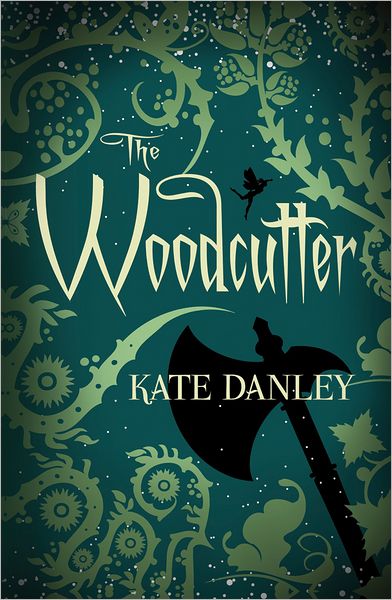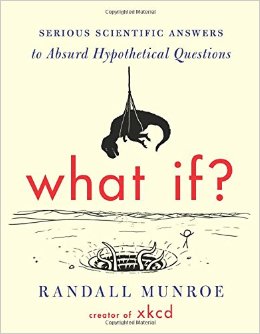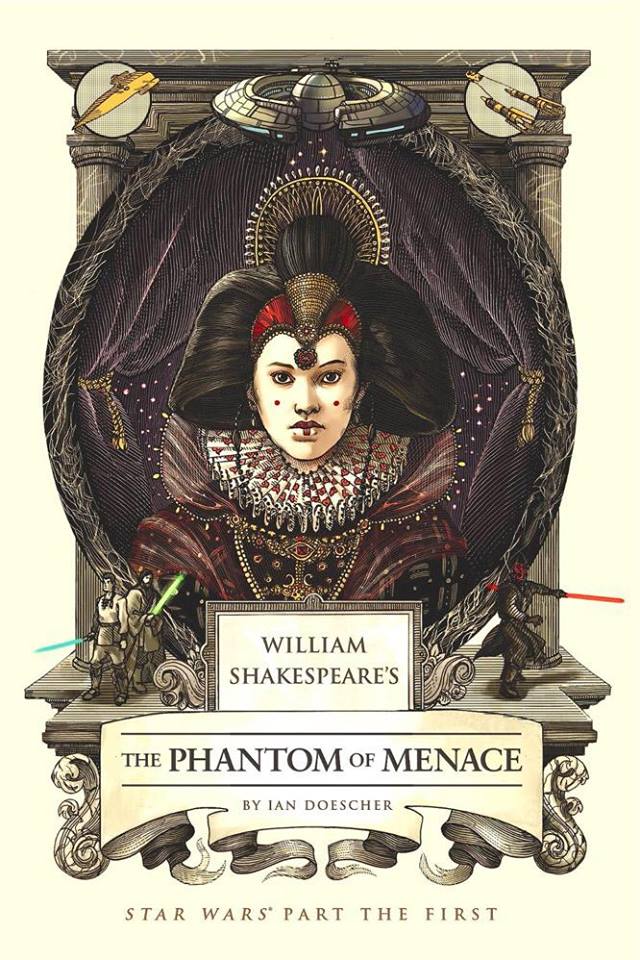
Review: William Shakespeare’s Star Wars: Tragedy of the Sith’s Revenge, by Ian Doescher
To thine own self be true.
Lend us your ears and comlinks for a Shakespearean retelling of Star Wars Episode III! A once-heroic knight becomes the darkest of villains. The Jedi suffer slings and arrows of outrageous fortune. The Republic falls, an Empire rises, and so begins the long wait for a New Hope.
Something is rotten in the state of Coruscant! Don’t miss this final chapter in the Star Wars prequel trilogy, presented Shakespearean-style with masterful meter, stirring soliloquies, and intricate Elizabethan illustrations. It’s a perfect melding of classic literature and epic pop culture.
The long awaited and much anticipated ending to the Shakespearean translation of the Star Wars movies is finally here, and it’s as amazing as the rest.
I wasn’t a huge fan of Episode III when it came out, and some lines from it (Vader’s big NOOO at the end, Obi Wan’s “He killed the younglings!”) are oft-mocked by the fandom. My favourite thing about the book is that those lines sound, if not great, at least far better when translated into Shakespearean English. The play makes use of the play-within-a-play tactic of Hamlet in a pivotal scene and Rumour plays a large part in the events of the play. It charted Anakin’s fall into Darth Vader quite well and handled Padme’s death better than the movie did.
More than the other plays, Tragedy of the Sith’s Revenge expands on the movie, with more monologues, soliloquies, and musings from the characters that shows their development better than what was in the movies. Even better, it contains my all-time favourite reference and in-joke (Act IV, scene 6, lines 74-75 and Act IV, scene 7, lines 93-94 respectively – I’ll let you discover them for yourself). From start to finish, it was a witty, enjoyable retelling of the movie and a fitting completion to the second trilogy.
Tragedy of the Sith’s Revenge was a definite high point in an already fantastic series.




